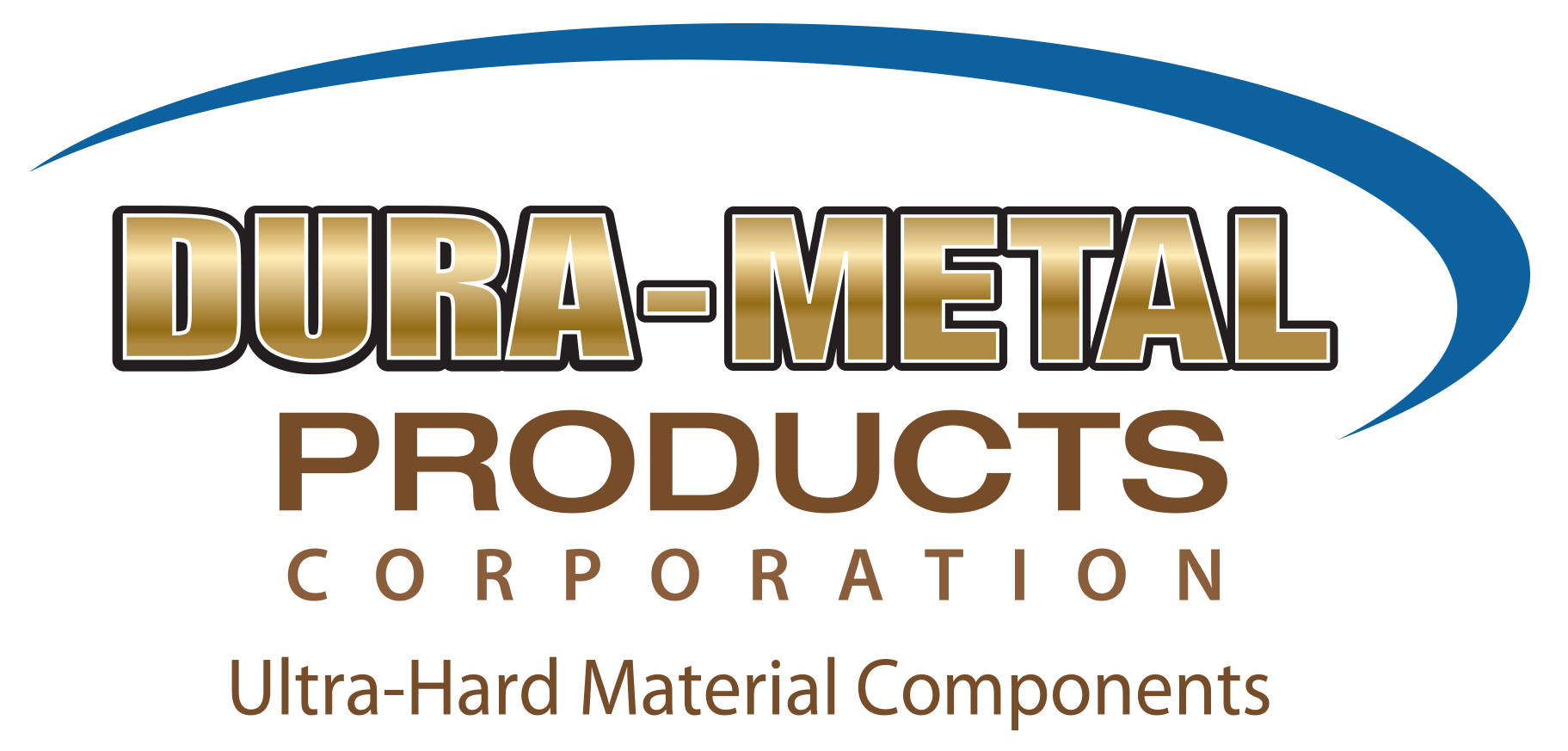ADDTEC3DM Frequently Asked Questions
• Free Quotes
• Certified Quality
ADDTEC3DM® is a service of Dura-Metal Products Corporation
-
Who is ADDTEC3DM?
ADDTEC3DM™ is a sevice provided by Dura-metal Products Corporation bringing your products to life with our 3D printing services. From design and manufacturing to digital supply chains and high-quality materials, we are your one-stop shop for all your component and product engineering needs.
-
What is 3D printing?
Its the process of making a object from a 3D model, generally by laying down many layers of a material in succession. 3D printing is characterized as an addititive process (adding material to create a part), opposed to more traditional subtractive processes (removing material to create a part).
-
What is MJF?
MJF is an additive process where parts are built layer-by-layer in a powder material. The resulting parts from MJF manufacturing are extremely strong, highly-accurate, and have a surface finish that makes them ideal for mechanical testing and production manufacturing of end use parts.
-
What is binderjet 3D printing?
The binder jetting process uses two materials; a powder based material and a binder. The binder is usually in liquid form and the build material in powder form. A print head moves horizontally along the x and y axes of the machine and deposits alternating layers of the build material and the binding material.
-
What is resin 3D printing?
A resin 3D printer is a machine that holds a vat of photosensitive liquid resin and exposes it to a light source beam layer-by-layer to harden the resin into a plastic 3D model. The technology is called SLA, DLP, LED, LCD, And others.
-
Do 3D printed metals preform the same as wrought?
There are multiple different ways to 3D print metal and each produce different results. Generally across all methods, 3d printed metal properties follow closely to wrought material. However, this is highly dependent on geometry's and vary's between materials.
-
How tight of tolerances can printing hold?
3D printing generally for most technologies does not hold the best tolerances, especially across larger geometries. 3D printing cannot compare to traditional methods currently.
However, through collaboration with our team, Modifying for Additive Manufacturing (MfAM) or Designing for Additive Manufacturing (DfAM) tighter tolerances can be achieved with 3D printing. Machinging post printing is always an option for critical features.
-
How to use 3D printing?
Of course, the most thought of is 3D printing’s ability to make impossible geometries (shapes that can't be produced through traditional means). Internal channels or conformal cooling channels also lean on 3d printings capabilities.
3D printing can also be used for maximizing efficiencies and in assemblies. This can be accomplished by reducing the number of parts in an assembly or by improving the fit through complex features that are traditionally expensive. The combining of two parts in assemblies is a powerful engineering tool within 3D printing that is still being adopted in todays industry.
-
What is MfAM?
Modifying for Additive Manufacturing (MfAM)
MfAM is a process of taking a native model and adjusting sizes and features to conform to 3d printing methods. 3D printing can perform more optimally when self supporting geometries are used. Also by adjusting sizes you can allow for bbetter fit or tighter tolerances, i.e. making a hole larger to account for shrink while printing.
-
What is DfAM?
Design for Additive Manufacturing (DfAM)
ADDTEC3DM® is a trademark for the exclusive use of Dura-Metal Products Corporation.

